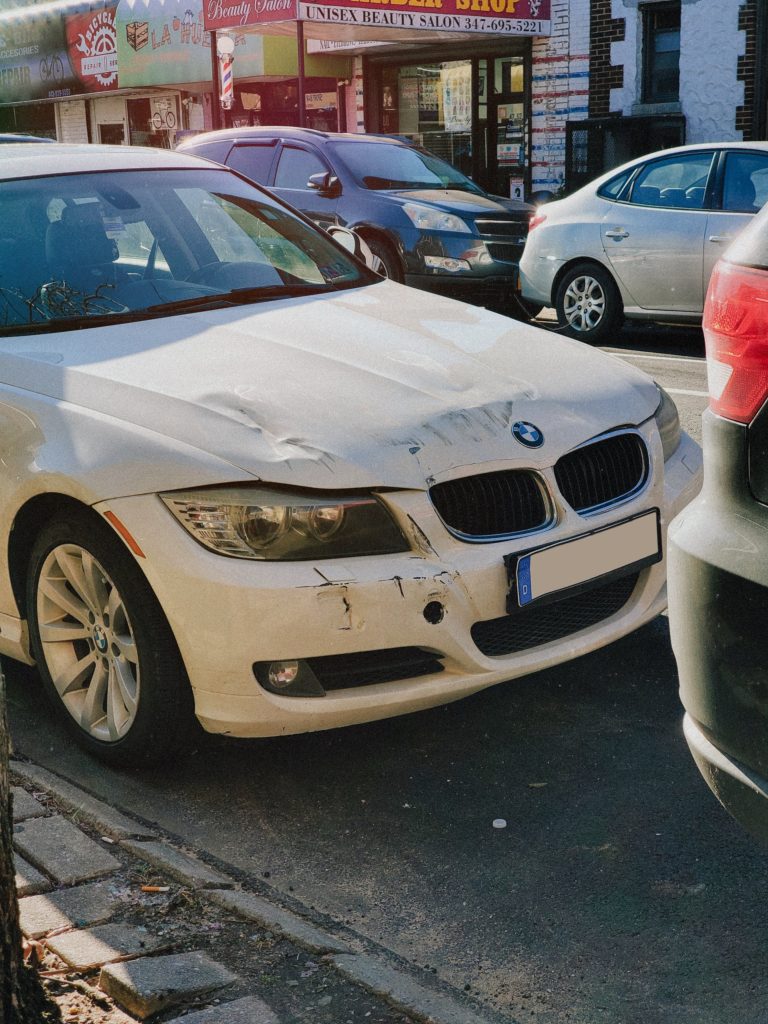Hi, we are continuing our discussion around personal lines insurance, today we are focusing on comprehensive and collision coverage. Comprehensive and collision coverage are two types of auto insurance coverages that provide protection for different types of damage to your vehicle. Below I will detail the differences and how they apply to your policy assuming you carry both collision and comprehensive coverage.
- Comprehensive Coverage:
- Coverage Type: Comprehensive coverage protects your vehicle from “other than collision” incidents.
- Examples of Covered Comprehensive Claims:
- Theft
- Vandalism
- Fire
- Natural disasters (for example earthquakes, floods)
- Falling objects
- Animal collisions
- Collision Coverage:
- Coverage Type: Collision coverage provides protection for damage to your vehicle that occurs as a result of a collision with another vehicle or object.
- Examples of Covered Collision Claims:
- Car accidents
- Collisions with stationary objects (for example trees, poles)
- Single-car accidents (for example hitting a curb)
In summary, comprehensive coverage is for other than collision events and is very affordable when purchasing insurance. I recommend to all of my clients to always keep comprehensive coverage on their vehicles. Collision coverage is for damage caused by collisions and is always required when a lienholder is present on your vehicle(s). It is important to remember that as the value of your vehicle goes down the cost of collision coverage does not go down in correlation to that amount. The overwhelmingly majority of claims involve repairing a vehicle and not replacing the vehicle therefore when collision is paid it is done to fix the vehicle.
It’s important to review your insurance policy to understand the specific details and limits of your coverage. Reach out for a free consultation to discuss further.

